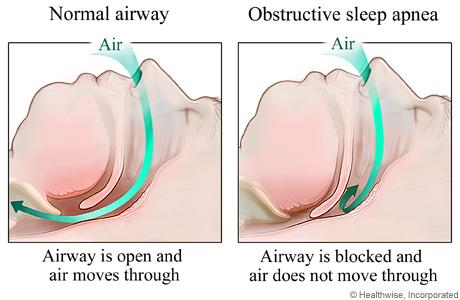WHAT –In normal people, colour is perceived by small cells known as cones. For someone with perfect colour vision, there are three types of cones which respond to blue, green or red. For each object that we look at, the cones send signals to the brain to say relatively how much blue, green, or red that is coming from an object. Individuals with normal colour vision can discriminate over five million different colours and shades.When someone is born with abnormal cones or missing cones then they may not be able to differentiate certain colours, or in extreme cases they may be unable to tell the difference between any two colours. Some people notice that their perception ofcolour is different to others, but most people are unaware of the condition until they are tested. Your optometrist will be able to test your colour vision and advise you on the implications if you are found to have a colour vision defect. WHO –Approximately 1 in 12(8%) males and 1 in 200 (0.5%) females are born with abnormalities in the eyes that lead to colour blindness.
WHY –There are three types of colour blindness. Monochromats are born with only one type of cone, and they cannot tell the difference between any two colours.More commonly, people are born with two types of cone. These people are called dichromats. The missing cone may be the one that gives information about blue (tritanopia), green (deuteranopia) or red (protanopia). These individuals are unable to tell the difference between a range of colour combinations. For example, someone without a red cone will not be able to tell the difference between green, yellow or red. Some colours may also look rather dim compared to someone with normal colour vision. The most common form of colour blindness is where all three cones are present but one type is different from normal. Again it can be any of the three colour cones that is different. These individuals are colour deficient. They will not confuse such a wide range of colours as those who are missing a cone, however this type of deficiency can range from very mild to more severe.
TREATMENT –Congential colour vision defects are stable throughout life, however there is no current cure for the deficiency. However, most people with colour blindness learn to adapt to their condition. Most colour vision defects have very little effect on everyday activities. Difficulty may arise when trying to match certain colours or using colour coded schemes. However, some jobs such as working in the armed forces, customs and excise officers, fire service officers, hospital lab technicians, pharmacists, electricians, pilots, railway drivers and maintenance staff, require good colour vision. Children with colourvision deficiencies may struggle at school unless their teacher is aware of the problem. Many learning materials are colour coded and so it may be necessary to adapt these materials for the child’s use.





1 Comment
Add Yours →Hello! I’m at work browsing your blog from my new iphone 3gs!
Just wanted to say I love reading through your blog and
look forward to all your posts! Carry on the superb work!